After planning, sampling, examining and analysis for over a year, Greenpeace released its astonishing report, Plastic Island: A Study on Microplastic Pollution on Protected Animal Species in Taiwan and Their Habitats on August 23, 2022, revealing the current situation of microplastic pollution in the natural environment of Taiwan. The study brought together experts in a wide range of fields, including mountain guides who helped find bear feces and researchers at Taipei Zoo who conducted DNA tests. In the following section, we will share with you the behind-the-scenes of the investigation from their perspectives.
Plastic pollution in the ocean has been under the spotlight, but what has been left unnoticed is that terrestrial habitats are also the target of plastic invasion as they are closer to human settlements. In the past, Taiwan has never conducted any microplastic investigation on terrestrial wildlife, so Greenpeace initiated the first study in Taiwan on microplastic pollution on protected animal species in 2021, targeting Formosan sambar deer, leopard cats, Kinmen Eurasian otters, Formosan black bears, yellow-throated martens and Formosan landlocked salmon. It took over a year to collect and examine animal feces and water samples to understand the microplastic pollution in Taiwan.
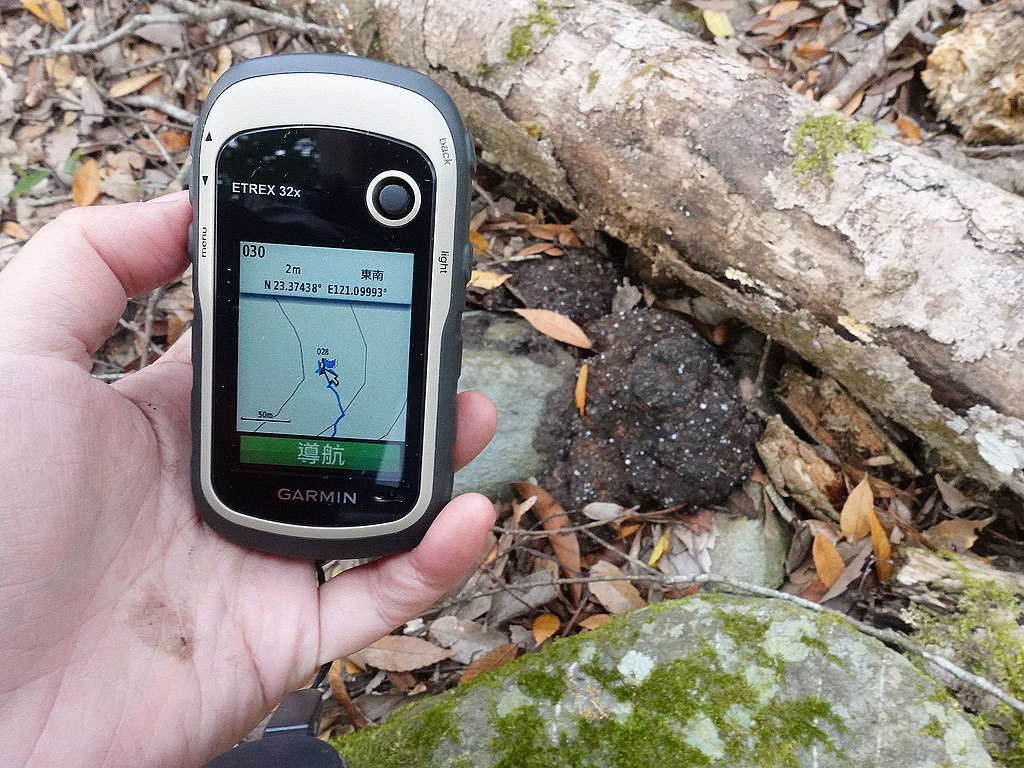
Facing the fact that the investigation covered a wide variety of habitats, such as mountains, streams, and lakeshores throughout Taiwan, and that “sampling” and “examining” were two distinct fields of expertise, Greenpeace took over the responsibility for organizing and integration, and collaborated with 14 teams from the academia, ecological consultancy, government agencies and mountain guides to finally accomplish the investigation.
Mountain guides led the search for bear feces and shared the wisdom of the aborigines
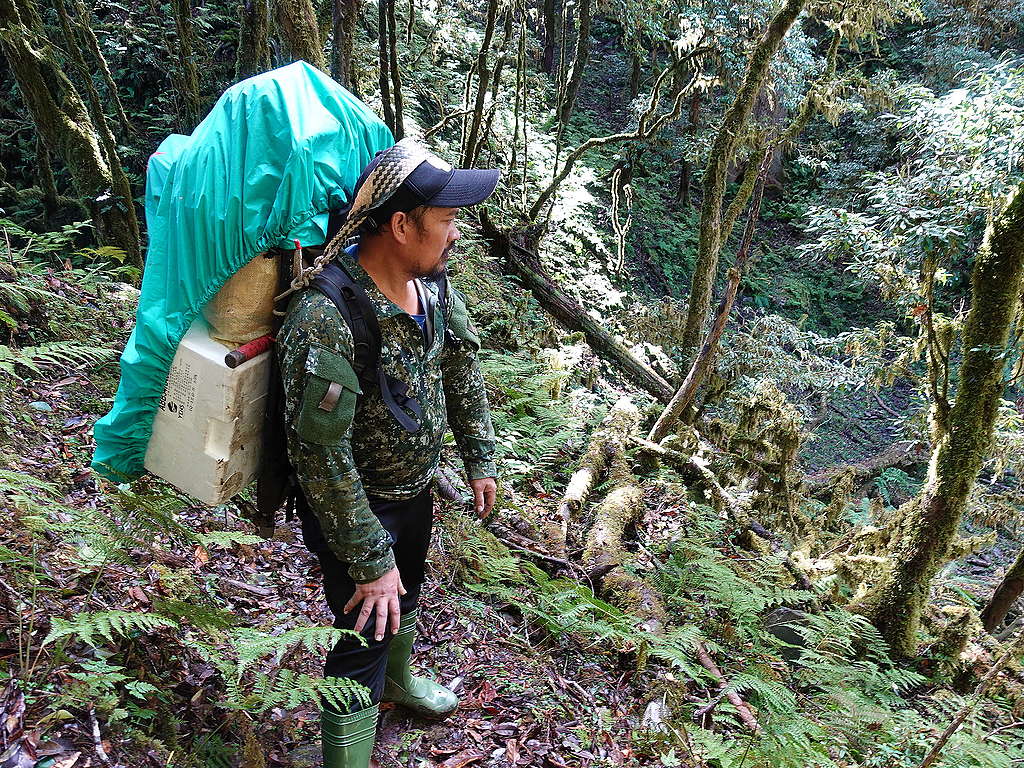
XiaoGao and ZhaZha are the mountain guides from the Panita Mountaineering Association of Hualien County, who were responsible for taking the research team deep into the Dafen region in Yushan. Both Bunun guides have rich tour leading experiences, including mountaineering, photography, visiting traditional houses of the aborigines and biological research. They said, “Bunun ancestors used to live in the Batongguan region, which stretches all the way to Nantou, so we are familiar with the whole area.” And that is why they usually avoid popular tourist routes and sometimes even follow uncommon animal trails.
In addition to guidance, XiaoGao and ZhaZha also take care of his team, help with carrying the luggage as well as cooking, and make sure everyone’s safety. “Depending on the altitude, it might be cold or rainy, and the terrain can be dangerous. No one should be left alone; those who don’t know the way can go astray and fall down the cliff. We sometimes set ropes along the route if necessary.”
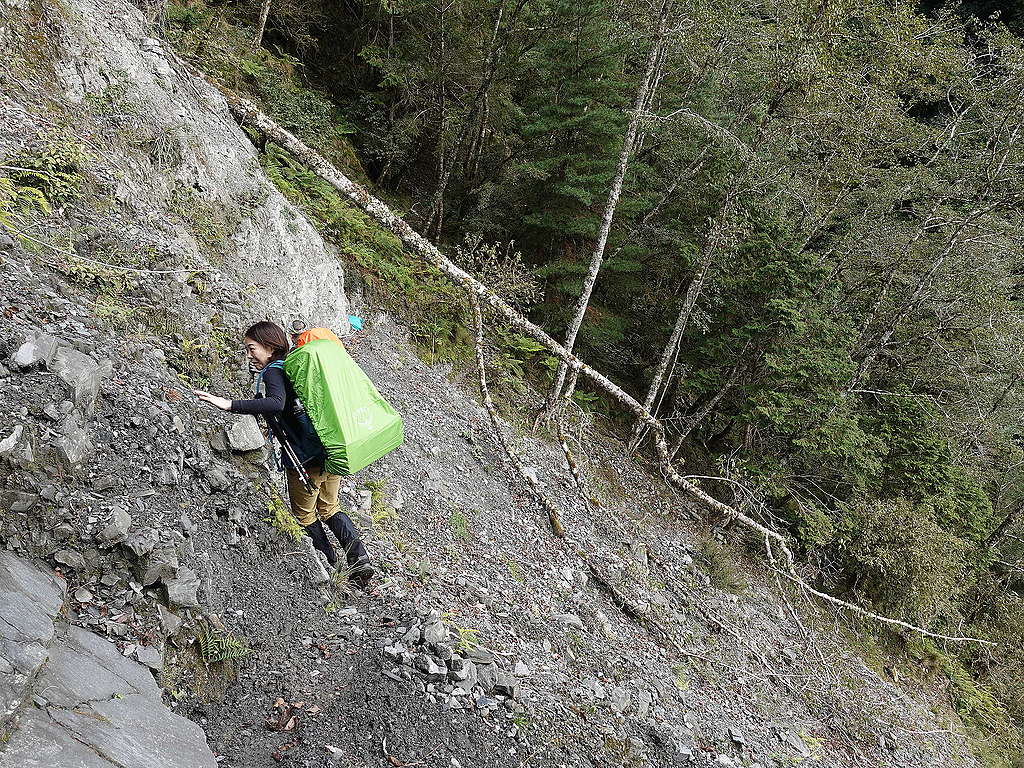
Identifying wild animals by footprints and feces
They are familiar with the local trails and wildlife habits, and they shared interesting facts with the team along the way. “Sometimes people see footprints and ask which animal left them, and we will teach them how to identify. When we see feces of Formosan sambar deer, we can even tell whether they were left by a male or female deer, as male deer make cube-shaped poop.”
The research team was mainly looking for feces of Formosan black bears this time, so XiaoGao and ZhaZha shared with the team members what bears like to eat and where they eat. “You need to be in the right season to find bear poop. Formosan black bears love ring-cupped oak and tend to stay around, so it is more likely to find them there.” Black bears’ territory is extremely vast. It took the team three days to reach their destination, and they visited numerous secret spots in a day to finally collect enough samples. With the help of XiaoGao and ZhaZha, the team collected a total of 19 feces samples of Formosan black bears in the Dafen region.
Collecting bear feces was not easy at all. It took a 6-day trek in the mountains, and the team had to be observant enough to find bear feces. Taking back enough water samples was another challenge. XiaoGao and ZhaZha helped carry approximately 12 kilograms of water samples collected from the habitats, in addition to several feces samples and supplies; thanks to their assistance, the team finished the investigation successfully.
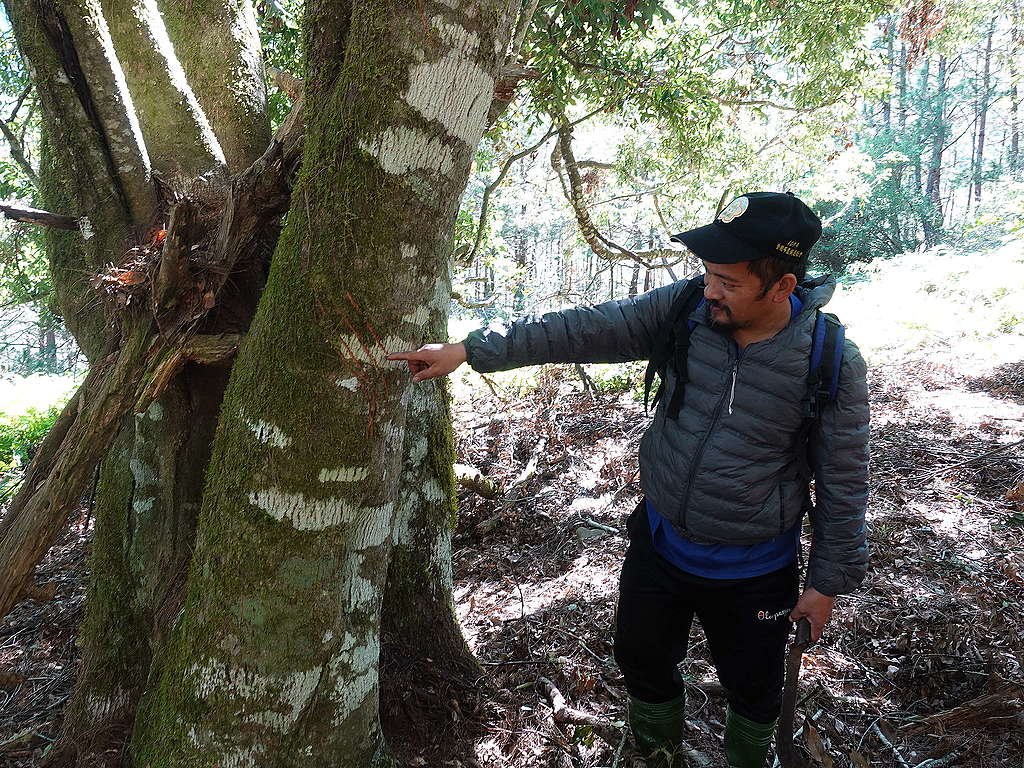
Formosan black bears are elusive, and people rarely see them. Out of curiosity, we asked if XiaoGao and ZhaZha had seen bears in person, and they both answered without hesitation, “Of course!” “What was your reaction when you saw them?” “We took a picture for sure.” ZhaZha replied humorously. “Would it be dangerous when you see a bear?” ZhaZha answered, “Black bears are actually afraid of people. Unless they are with their cubs or foraging for food, they usually don’t attack first. They tend to leave as soon as they smell human.”
In fact, the Bunun people are in awe of black bears, but they also mention, “Black bears are close to human settlements, and they can be witnessed on the roadside. Sometimes they even break into farmhouses for chicken. It is impossible to prevent black bears from eating what they shouldn’t eat. This shows that wild bears are vulnerable to human lifestyles, including the excessive plastic wastes we left.
Be humble to the mountains and live with nature in a sustainable way
As mountain guides, XiaoGao and ZhaZha always remind tourists to take their own food wastes away and to not leave them in the mountains. “Sometimes people have a barbecue and litter all over, and the wild animals would eat what is bad for them. “They were sad that the government did nothing to solve the problem. “If we find it messy in the mountains, we clean it ourselves.”
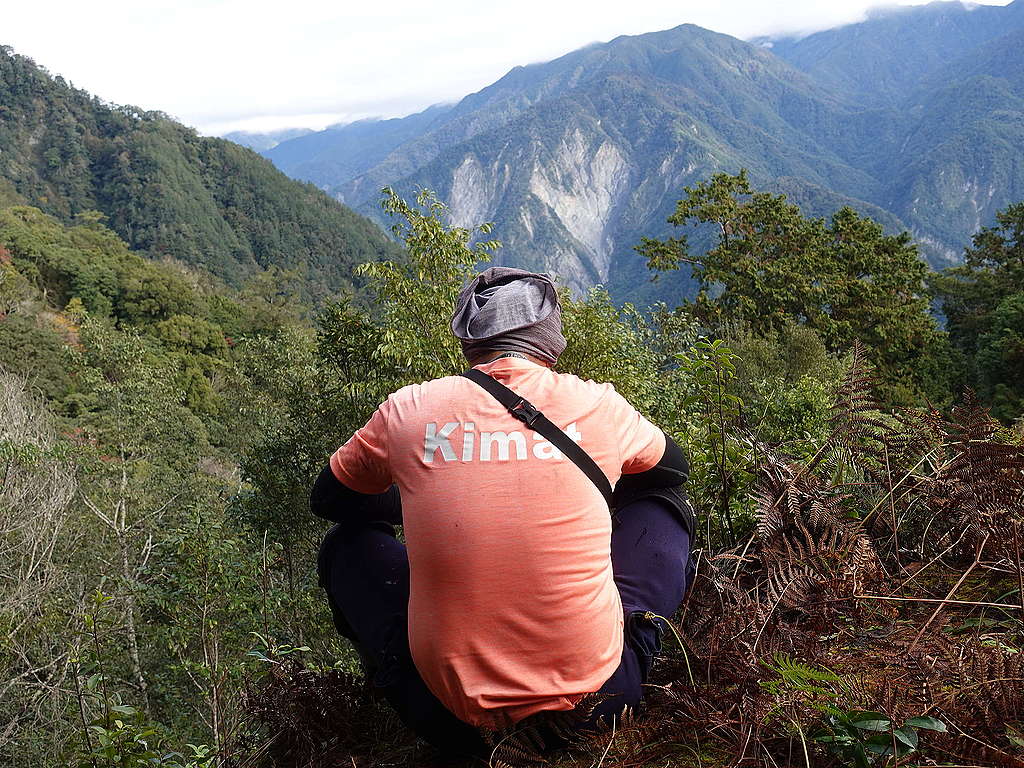
Their love for mountain comes from their teaching since childhood, “You must be humble in the mountains. No matter how strong you are, there are always emergencies you can’t deal with. We should always treat mountains with awe.”
Nature is like the mother who raises the tribespeople. With this concept in mind, the Bunun ancestors learned to co-exist with wild animals and passed the sustainable way of living down the generations, which is worthy of learning and practicing for all of us.
Researchers at the Taipei Zoo helped with fecal DNA examinations
Collecting wild animal feces can be challenging: fresh feces are hard to find, and it is even harder to identify which animal they belong to. As such, Jang-Liaw Nian-Hong, an experienced assistant research fellow in Taipei Zoo, used DNA sequencing technology to help examine feces samples to identify whether the feces belong to yellow-throated martens, and further examine the composition of the samples so as to understand the dietary and foraging behavior of yellow-throated martens.
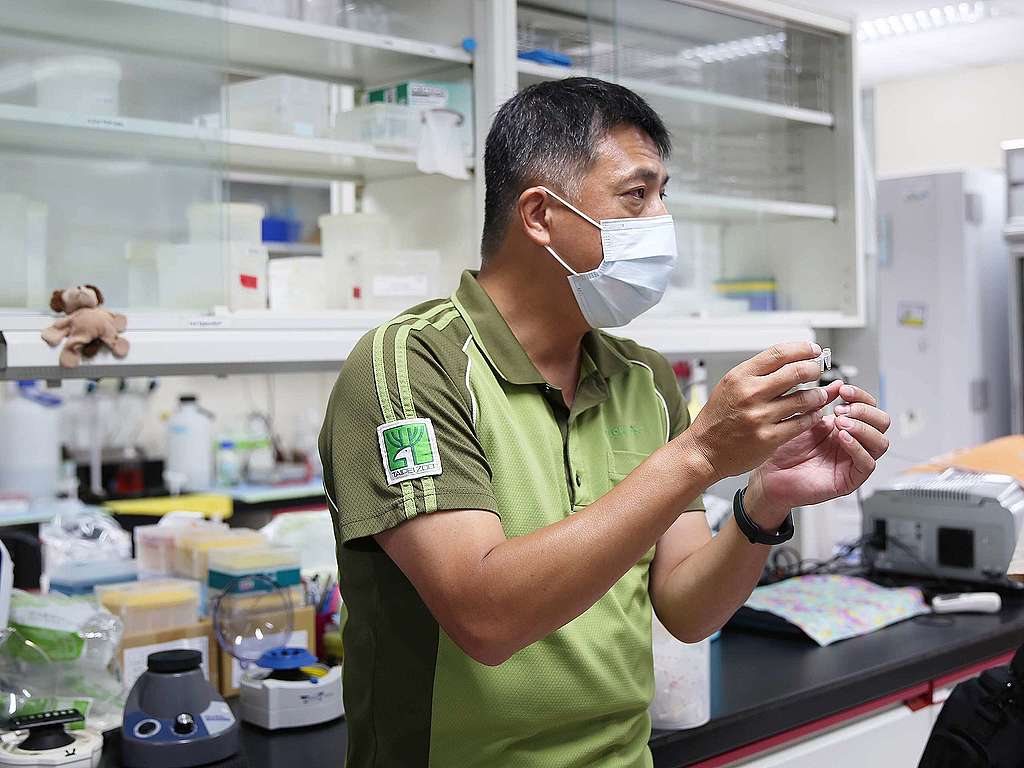
Identify animal species from feces with the help of technology
“Both yellow-throated martens and Siberian weasels inhabit the Tataka area; they are similar in size, and their feces look similar, so it can be difficult to distinguish them from their appearance. My expertise is to use DNA sequencing technology to accurately identify species.” But this task is not simple. As feces are exposed in the wild, the remnant DNA within can be destroyed under microbial actions, and thus unable to be examined for species identification or dietary analysis. “Greenpeace provided a total of 18 samples, and we could only identify animal species from 7 of them. However, these samples were helpful and could be used for analysis and comparison with previous studies.”
Although only 2 of the 18 samples collected in the wild were confirmed to belong to the yellow-throated martens, the team was fortunate enough to get 8 more samples from martens through capture-recapture methods, so a total of 10 feces samples from yellow-throated martens could be used to examine microplastics.
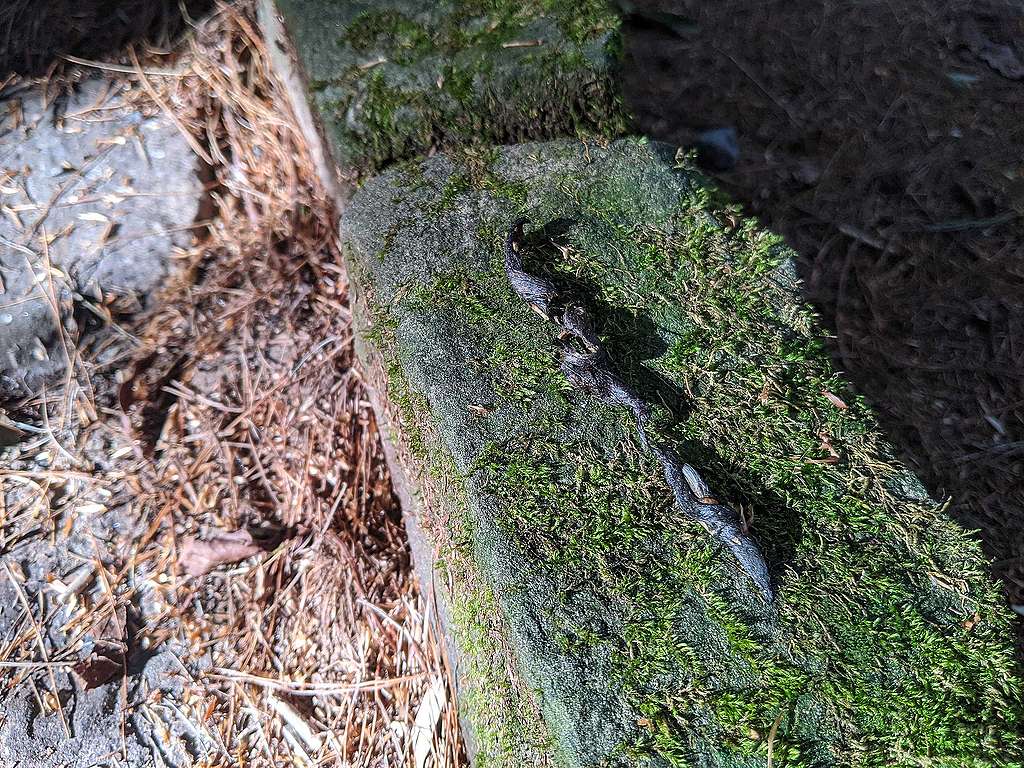
With the help of technology and experience from different fields of experts, Greenpeace’s microplastic investigation got accelerated. For Jang-Liaw Nian-Hong, “My laboratory is to develop analysis and identification technology of wild animal feces, which can be used in species identification for Greenpeace’s research. I’m happy to see that Greenpeace is willing to step up for wildlife conservation and advocating the urgency of environmental education. Their effort is meaningful, and I am very happy to have the opportunity to help. And the samples provided by Greenpeace can be used for my subsequent dietary analysis and research, which is priceless.”
Doing large-scale wildlife ecological research often requires more funding and manpower, and laboratories in normal scales rarely have the chance to conduct such research. “Common academic research tends to focus on a single species, rather than multi-species involved in this investigation, which is a good start. Take Kinmen Eurasian otters for example, we know that their habitats are divided and interfered, and now they are facing the problem of microplastics. Through research results referring to different scopes and levels, we can think about our approaches to protecting this species.”
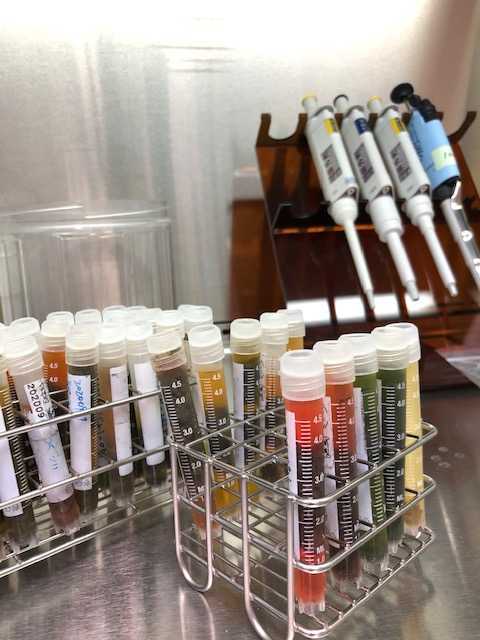
Raise public awareness through research and education
From studying freshwater fish in the early years to mammals later, Jang-Liaw Nian-Hong believes that the operation and ecological mechanism of nature has its meaning. What human do to achieve a convenient life can more or less impact the survival of wild animals. He said, “It is not surprising to see plastics in animal feces. I think extinction is on its way, and species that fail to adapt to the change in the environment will go extinct. The presence of human makes this change faster and more drastic, and these effects are impacting the ecosystem we rely on.”
He added, “The most important thing is to let everyone know about the problems wild animals encountered, especially those that occur because of our presence. Let more people understand, and through research, advocacy, and education, there will be more people paying attention to these problems and taking actions to find solutions.”
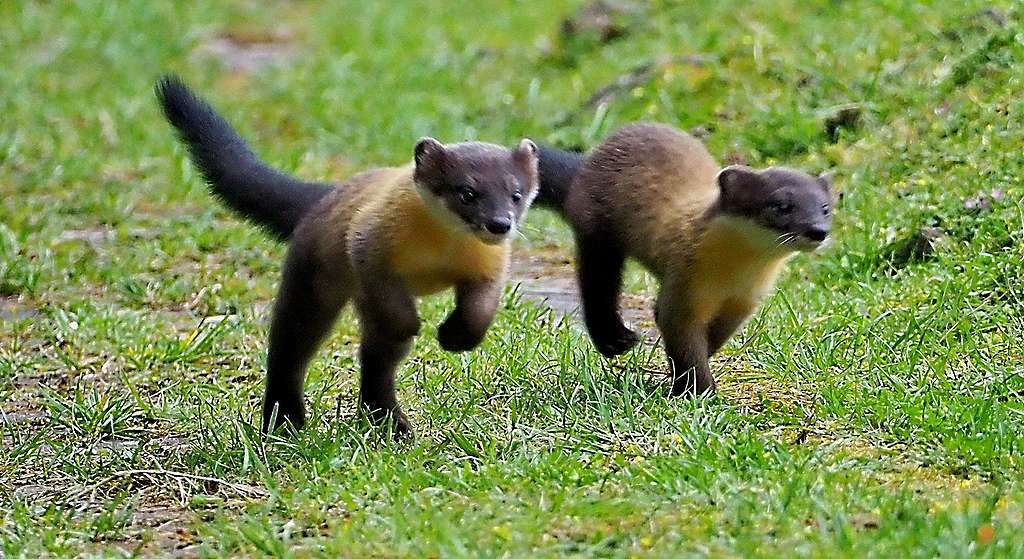
Jang-Liaw Nian-Hong shared his experience at his grandfather’s house when he was a child. In the early years in the countryside, it was not as convenient as it is now. People pumped, carried and stored groundwater for daily water use, and a tank of water is enough for a family for a good period of time when used frugally. Now that we have running water, we no longer appreciate when things can be accessed conveniently, resulting in a waste of resources. Without a sense of “appreciation”, it is difficult for people to change their existing habits from within.
However, “research” may be the entry point for change. Jang-Liaw Nian-Hong said, “I think research can be divided into two categories. One is the cutting-edge research that develops the latest technology, which has always been impressive and a very important driving force for civilization; The other is basic research, most of which is ‘brick-stacking’ work, accumulating basic scientific data in various fields without much public attention.” Although basic research seems boring, it is the accumulation of these large amounts of knowledge that can provide inspiration and basic data for cutting-edge research and can be used as a key foundation for policy formulation. “The ecological information research of these small animals threatened by microplastics, is the work of brick-stacking.”
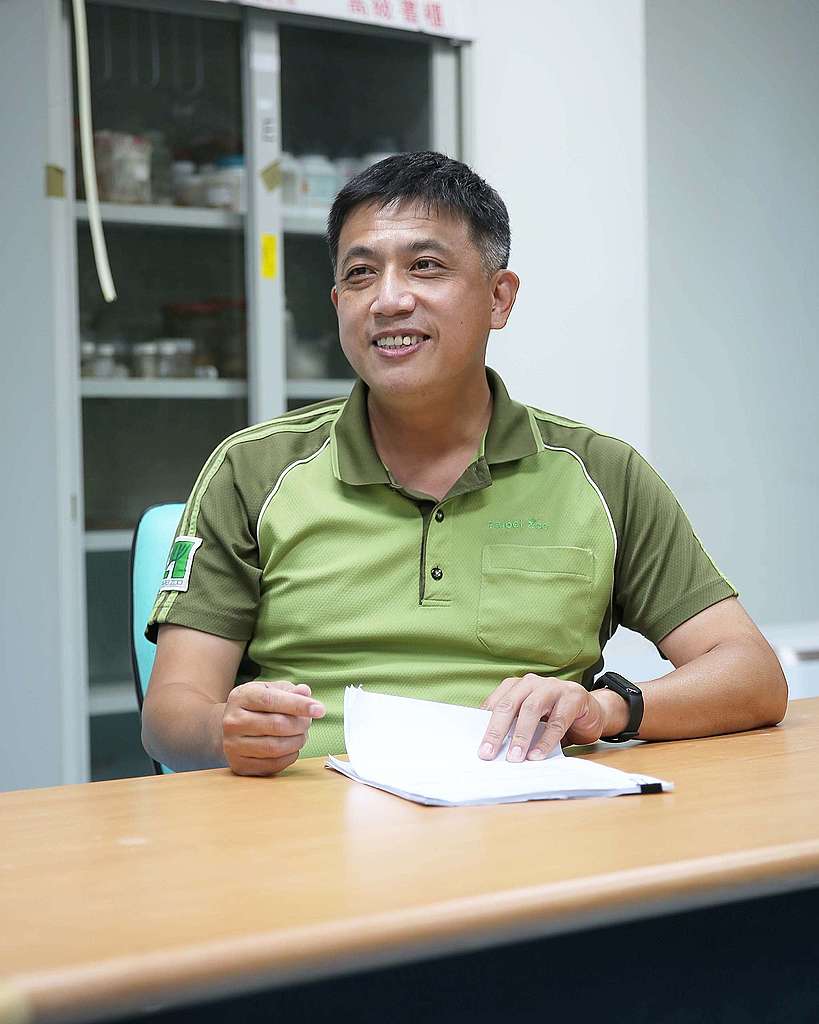
In the future, the study of yellow-throated martens in alpine areas may be able to establish a mechanism similar to “citizen science.” “If sample bottles can be distributed at the trailhead and ask mountaineers to help collect feces samples, we researchers can gather more feces samples from larger areas, as a single researcher or a small group of researchers will never be able to conduct an investigation of such a large scale.
We hope that as more people understand and participate, the public will be willing to take actions to care for wild animals, support environmentally friendly policies, and protect our precious earth together.
